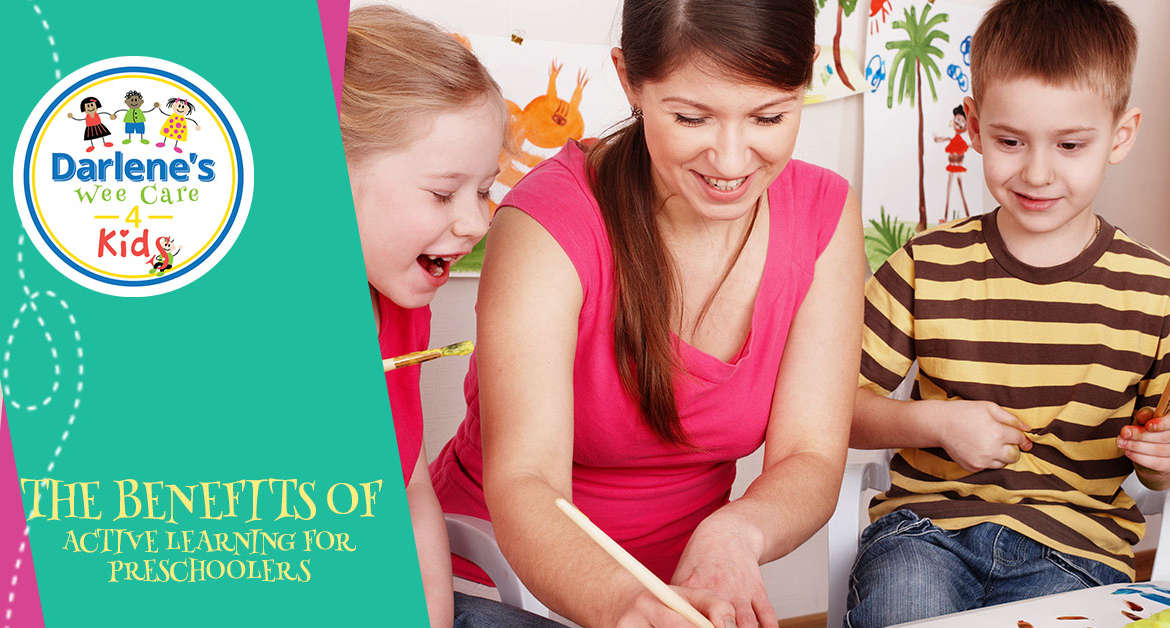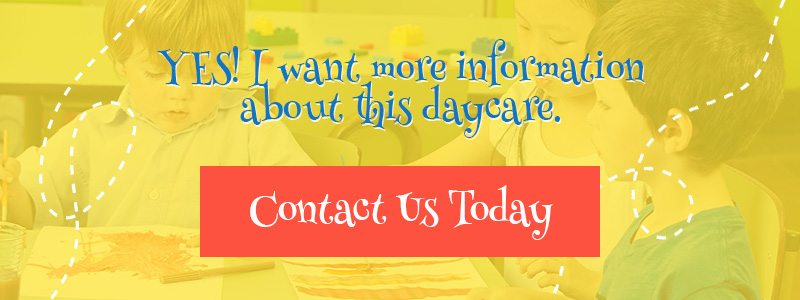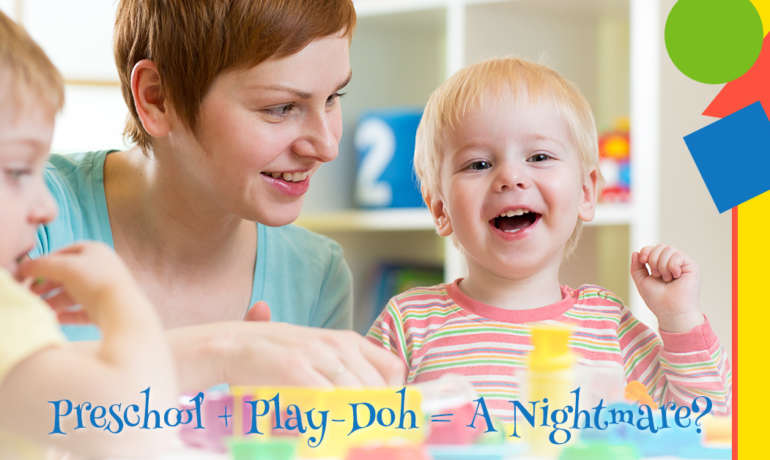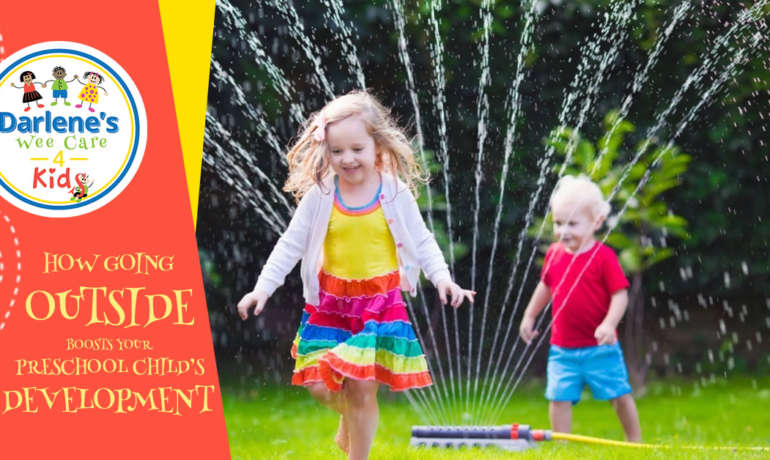It’s well known that the right learning environment makes a big difference for preschoolers. In fact, it’s practically inconceivable to think of making a preschooler sit at a desk for hours. It simply wouldn’t work. Research has shown that preschoolers learn best when they engage in active learning that’s very similar to play. But why does this work? And how can you harness this knowledge to get the best learning outcomes for your preschool child? Here are some of the benefits of active learning for preschoolers.
1. Movement helps knowledge stick in the brain
Have you ever suspected your preschool child of being distracted and not paying attention because they are moving around everywhere? Actually, the opposite might be true. For children, moving the body is a critical way to help the brain to absorb new information so that it sticks. This is not just for kinesthetic learners; it’s for everyone. And it’s not just for children; it works for adults, too. Think about the last time that you sat through a long conference or seminar where the presenter didn’t give people enough breaks. It’s hard for the mind to keep learning information when you’re stiff and sore because you just want to walk around.
How to harness this tip:
Combine movement with learning when you work with your child. For example, do jumping jacks while you help them to practice counting, or make silly poses while you review flashcards. You’ll be amazed at how well it works.
2. Movement helps promote brain development
The brain of a preschool child is still developing and learning about the world, and movement is one of the big ways that helps the brain to develop. And it doesn’t just develop motor skills, coordination, and balance. It also helps to develop cognition and thinking.
How to harness this tip:
Guide your child through movements that cross the midline of their bodies. For example, have them touch an elbow to the opposite knee, and then switch. Also, try having them touch their hands to the opposite toe or the opposite shoulder. Crossing the midline helps to coordinate the two different hemispheres of the brain, and can help with auditory processing, writing, and using your eyes to track the words from side to side on a page.
3. Movement helps increase a student’s interest
When you’re interested in a subject, you can usually get much farther than when you’re bored. Interest and enthusiasm for a topic help your child to pay attention longer and focus more deeply. Looking for ways to increase their love of learning? Incorporate movement!
How to harness this tip:
- Dance to a silly song with your child
- Incorporate hand movements and actions that go along with what you’re saying.
- Create a drama or a skit to act out a story.
When a child is getting too much screen time, they won’t naturally move around enough, and this could rob them from vital brain development and learning experiences, so do what’s available to limit their screen time and encourage active play.
Enroll in Darlene’s Wee Care 4 Kids today
Our day care for preschoolers is committed to providing high-quality learning experiences that make it fun to learn new things. Start the enrollment process by contacting us.




